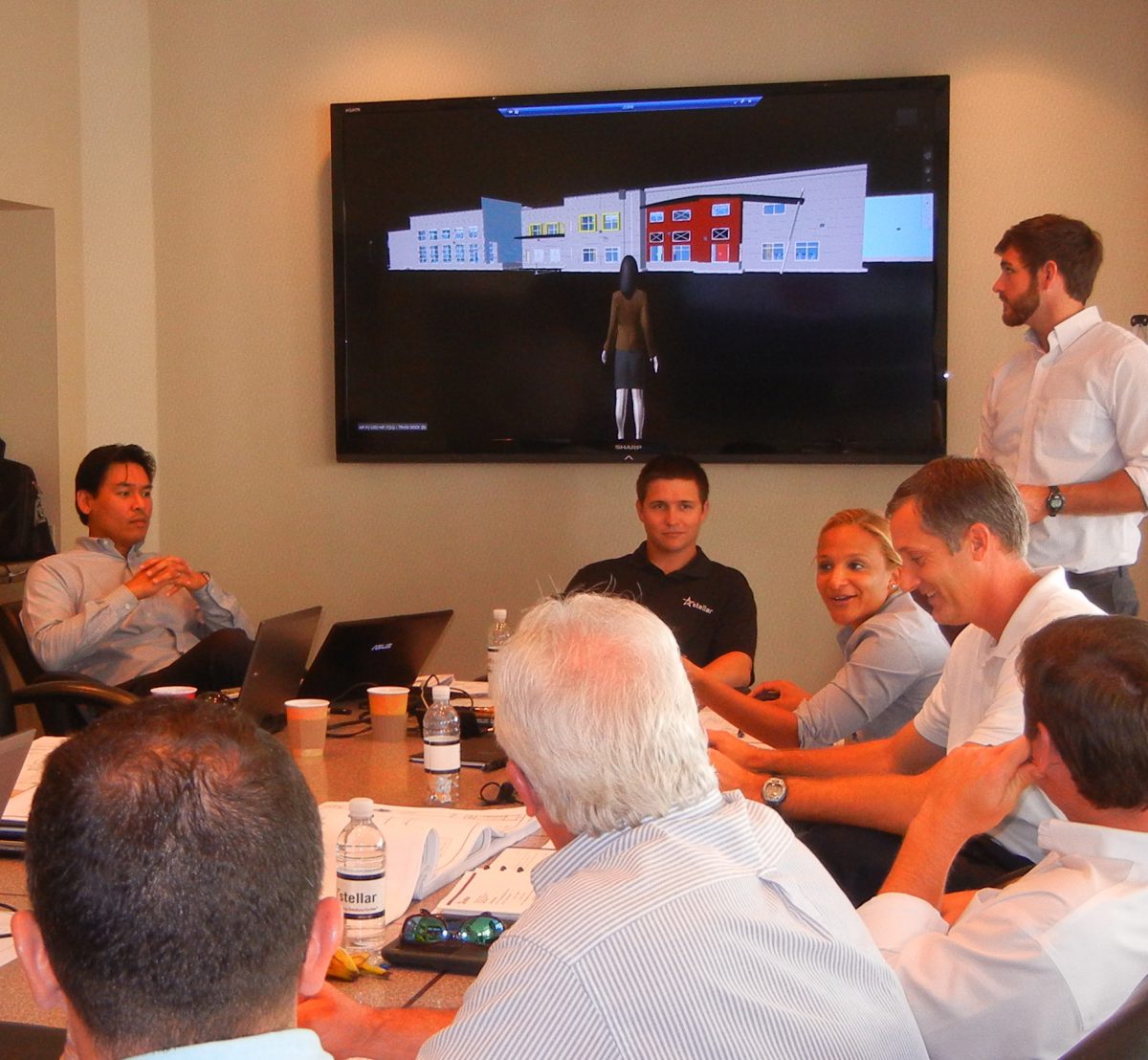When performing a design review, BIM gives all of your food processing plant’s stakeholders — operations, maintenance, safety, and engineering teams — an opportunity to explore the facility in a three-dimensional mode. Viewing the design in this 3D model helps visualize the building space so owners can make more informed decisions in these areas:
1. Maintenance — Plant owners often find it beneficial for their maintenance team to be present at the design review to provide input on parts of the building that require maintenance access, such as the attic/interstitial space, utility rooms, and maintenance room. The 3D BIM model allows maintenance supervisors to envision their crew navigating through these spaces, which is more challenging on two-dimensional plans. They are able to raise red flags for what they foresee as problem areas or ones that would pose a safety concern. For example, are clearances between structural steel members, ductwork, and pipe runs in the interstitial space too narrow? Is access to equipment in the ceiling impeded by the supporting beam or column?
2. Product flow — Plant owners have always been able to follow the product flow throughout the facility on 2D plans. The 3D model now allows them to follow the product flow at floor level. This view provides a more valuable perspective to help owners understand the design of building components such as walls, floors, drains, columns, lighting, etc. in relation to process and sanitation equipment, and how it will all function as one.
3. Coordination — Plant owners are interested in having the most efficient building arrangement and layout to support their operations. A two-dimensional plan typically uses drawing sheets dedicated to a particular discipline, which can create conflict when rooms, building components, pipes, and equipment are rearranged during an owner review. The 3D BIM model allows the design team to overlay all disciplines into one model and gives owners a better perspective on interdisciplinary conflict coordination.
4. Energy efficiency — There are many different ways to achieve energy efficiency throughout the building from equipment selection to lighting to the strategic placement of walls and windows. Using a 3D model such as BIM allows the design team to perform analyses and studies to determine the most energy efficient solutions. For example, conducting a natural lighting study on areas of the facility will help determine artificial lighting requirements for the space.



